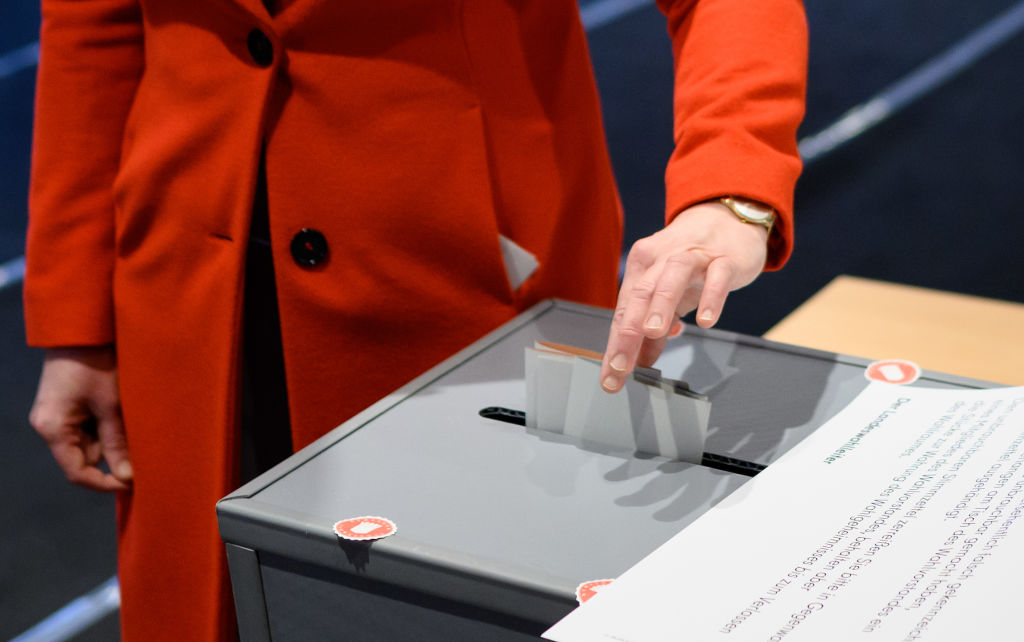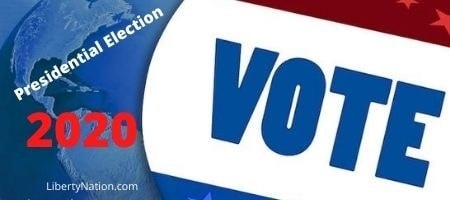Across the media spectrum and in living rooms and bars throughout the world, folks speculate on politics. Sometimes it is lighthearted jocularity between friends, often it is a more visceral form of turf-defense, but it is a practice we have – as a society – engaged in since civilizations first began. Who’s going to win the election? What policies is the next government going to introduce? And as political understanding in the modern world becomes more widespread, and to some extent a replacement for other entertainments, we ask each other about the motivations of politicos and how they may vote on certain topics.
Instinct, polls, research devoted to previous voting habits – all of these are indicators for figuring out which politician will support which bill or vote in which way. But there are as many theories and angles as there are people giving verdicts. Wouldn’t it be interesting, and useful, if there were a way to determine how an individual, a caucus, or even a party might vote?
Well, actually there is.
 Game theory, a branch of mathematics that provides analytical tools for determining how decisions are made, can often point to a neat solution that benefits the majority of “game players.” This fascinating way of thinking and analysis was made famous in the 2001 movie A Beautiful Mind, starring Russell Crowe as troubled mathematician John Nash. Nash eventually won a Nobel Prize in economics for his game-theory work. In fact, to date, 11 Nobel winners have been game theorists.
Game theory, a branch of mathematics that provides analytical tools for determining how decisions are made, can often point to a neat solution that benefits the majority of “game players.” This fascinating way of thinking and analysis was made famous in the 2001 movie A Beautiful Mind, starring Russell Crowe as troubled mathematician John Nash. Nash eventually won a Nobel Prize in economics for his game-theory work. In fact, to date, 11 Nobel winners have been game theorists.
The uses are many: from economics to jury selection, to pricing new products, and, yes, to understanding voting blocs – whether they are formed by the public or among politicians. But here’s the thing: While it requires knowledge of advanced math and linear programming to publish works on game theory, it is something almost anyone can do at a basic level – and many of us are already doing it.
Consider one of the biggest stories of the day: the Supreme Court nomination. With the death of Ruth Bader Ginsburg, and just over a month left until the election (although in reality four months until inauguration day), speculation is rampant on whether President Donald Trump should go ahead and try to get one more justice on the court. At the most basic level, it seems straightforward that Trump should start the nomination process and that Democrats should oppose it. It appears that this provides a benefit to one party and a strike against the other: A win-lose scenario. But there are other ways to analyze the situation.
There is a thought experiment known as the Prisoner’s Dilemma. It was first modeled at the RAND Corporation in 1950 and was fine-tuned and made popular by Canadian mathematician Albert Tucker. It follows a simple story with a number of options and begins with two suspects who have been arrested for armed robbery.
They both have guns on them at the time of the arrest, they’re put in separate cells, and the detectives are coming down hard, pushing each one to confess to the robbery.
Both prisoners, let’s call them Adam and Bill, know the outcomes:
- If they both confess to the crime, they each get five years.
- If neither of them confesses, they get just one year for possession of a gun.
- If Adam confesses and gives evidence against Bill, Adam goes free and Bill gets 20 years in the slammer.

(Photo by Bernd von Jutrczenka/picture alliance via Getty Images)
You have to decide which option gives the best possible outcome. You don’t know for sure if you can trust the other person to work in the best interests of both of you or for himself alone. So do you confess, knowing that you’ll get five years but definitely avoiding 20 years – and also the chance of complete freedom? Or do you stay silent and get a possible one year but with a risk of 20 years’ imprisonment?
On the surface, it looks like Adam should confess because he doesn’t know what Bill will do. Bill, of course, will be thinking the same. Paradoxically, both Adam and Bill would be better off staying silent and serving only one year each. But with this strategy comes a serious risk.
So how does this tie into the SCOTUS decision? We know that if it comes to a vote, it will likely be down party lines; with a majority in the Senate, Republicans will get the appointment through. So surely Democrats should oppose the idea of even starting the proceedings, right?
Here’s the rub. The Prisoner’s Dilemma changes the more times you play. Each act of cooperation leads to more cooperation; each act of selfishness (or in this case, partisanship) leads to retaliatory selfishness.
If Adam stays silent but Bill confesses, Adam goes to jail for 20 years. How likely will Adam be to cooperate with Bill when he gets out? But if both men act in each other’s best interests, they build a trust. And when the situation arises again, they will be more confident that the other can be trusted to work cooperatively. This was a key element of the Nash Equilibrium: Each player takes into account the other’s optimal strategy when playing. In this instance, Adam would know that what is best for Bill is to serve only a year, and Bill knows the same. Therefore, they both win.
Should Democrats and Republicans cooperate with each other’s interests in mind, they will both be better off for it. How does this look in the real world? It likely comes down to a form of horse-trading and goodwill.
 The benefit to Republicans is that they get their SCOTUS pick without major opposition. The Constitution is on their side here. Trump is the president and he has a majority in the Senate – there is almost nothing Democrats can do to stop it going though, so why not aim for a more optimal outcome?
The benefit to Republicans is that they get their SCOTUS pick without major opposition. The Constitution is on their side here. Trump is the president and he has a majority in the Senate – there is almost nothing Democrats can do to stop it going though, so why not aim for a more optimal outcome?
Shouting, screaming, wailing, and gnashing of teeth do not benefit the Democrats. So what does? They have an opportunity to make deals on upcoming bills, to build goodwill, to show the American people they can be grown-ups and non-partisan. They would still all vote against the nominee, naturally, but with their present behavior, they leave no routes to gain any benefit at all.
It’s likely you may have already considered this. And if so, congratulations, you’re on your way to becoming a game theorist. The final question is whether our elected politicians also have thought this through. Or are they merely sheep, bleating in the wind for the sake of nothing?
~
Read more from Mark Angelides.



